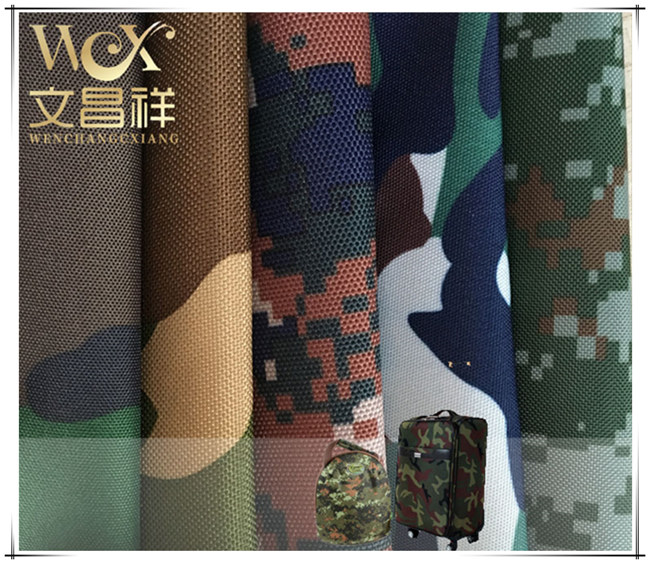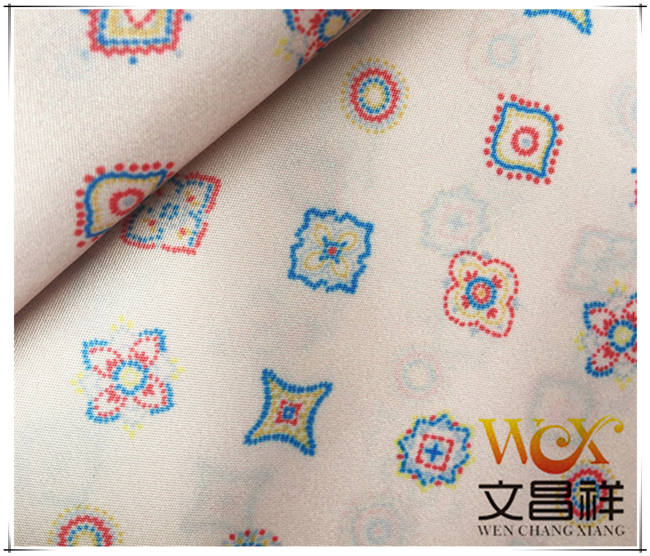The Oxford cloth printing introduced earlier includes roller printing, screen printing, transfer printing, inkjet printing, digital printing, electrostatic printing, hot stamping, burnout, resist dyeing, discharge dyeing, flocking printing, etc. Today I will introduce what transfer printing Oxford fabric is.

Thermal Transfer The principle of printing is somewhat similar to the transfer printing method. During thermal transfer printing, patterns are first printed on paper with disperse dyes and printing ink, and then the printing paper, also called transfer paper, is stored for use in textile printing factories. When doing thermal transfer printing, fabric printing factories purchase this printing paper from highly specialized printing paper manufacturers. Transfer paper can be printed according to the requirements of pattern designers and customers (ready-made patterns can also be used for transfer paper printing). Thermal transfer printing can be used to print garment parts (such as edge printing, breast pocket embroidery, etc.). Specially designed patterns are used in this case.

Transfer Printed Oxford Fabric The pattern has the characteristics of realistic flower shape, rich and clear layers, meticulous pattern, high artistry and strong three-dimensional effect. It does not have environmental pollution problems. Due to dry processing, there is no need for washing, steaming, drying and other processes, so there is no waste gas and waste water discharge, and the fabric itself is very environmentally friendly and healthy.
The dye of transfer printed Oxford cloth is fully sublimated and fixed on the fiber below 210℃, and can obtain good washing fastness and ironing fastness. The dye has bright and bright color.
Make every meter of cloth carefully–Oxford cloth wholesale manufacturerhttp://www.wcxfz.com
</p






